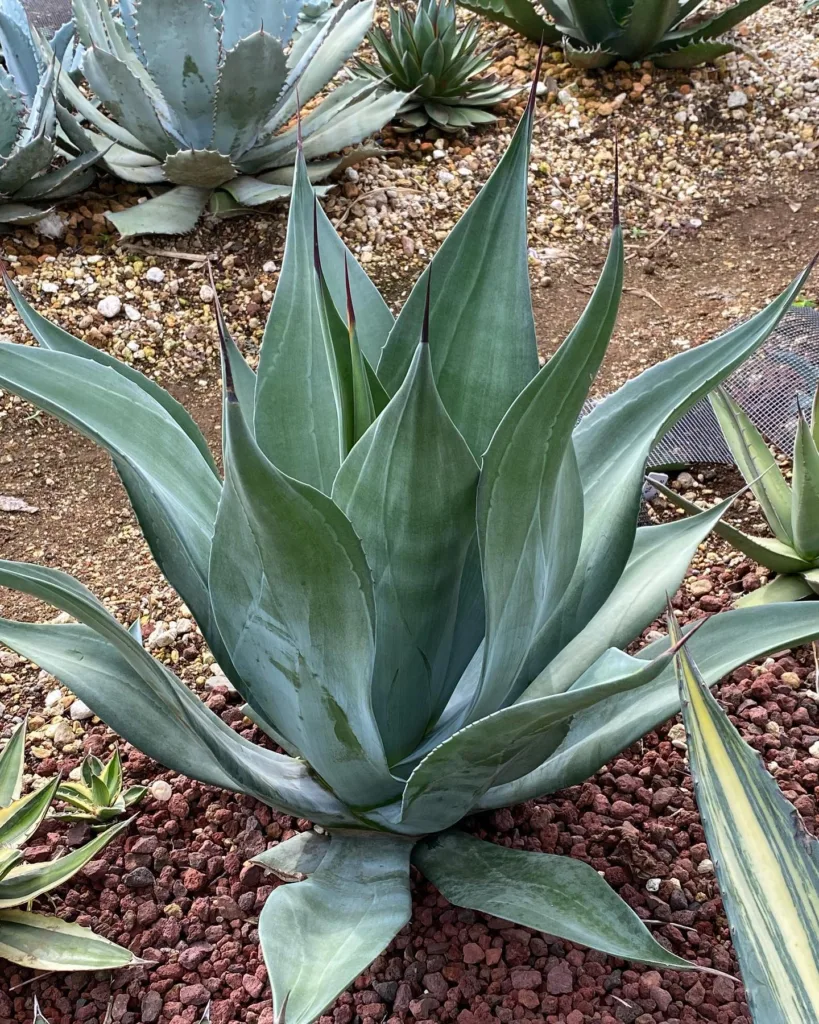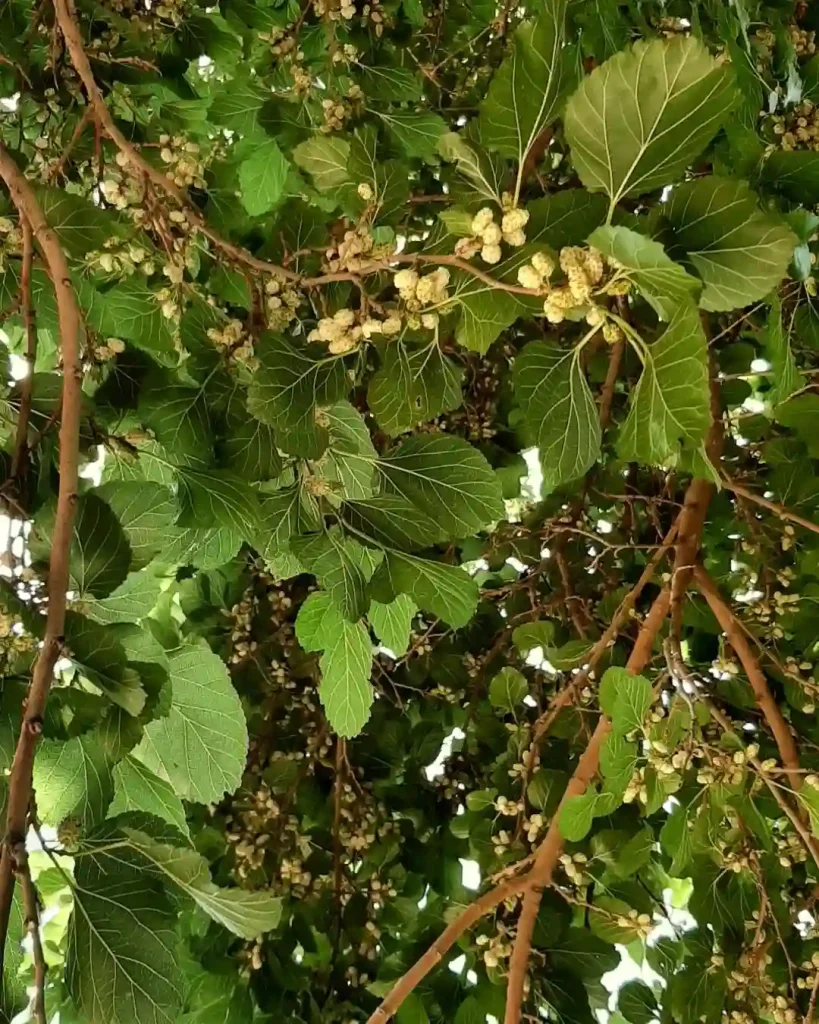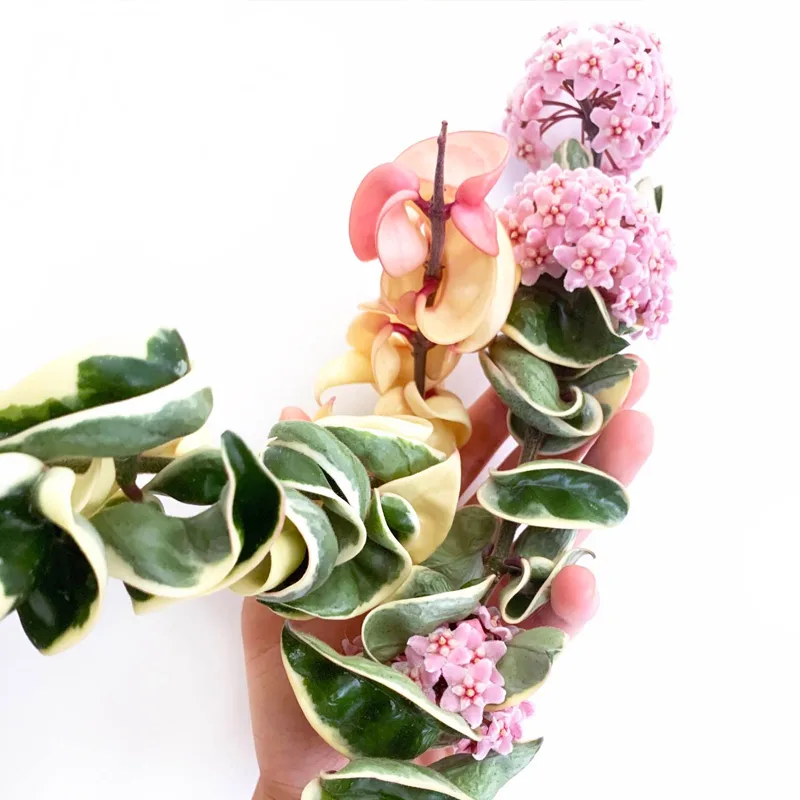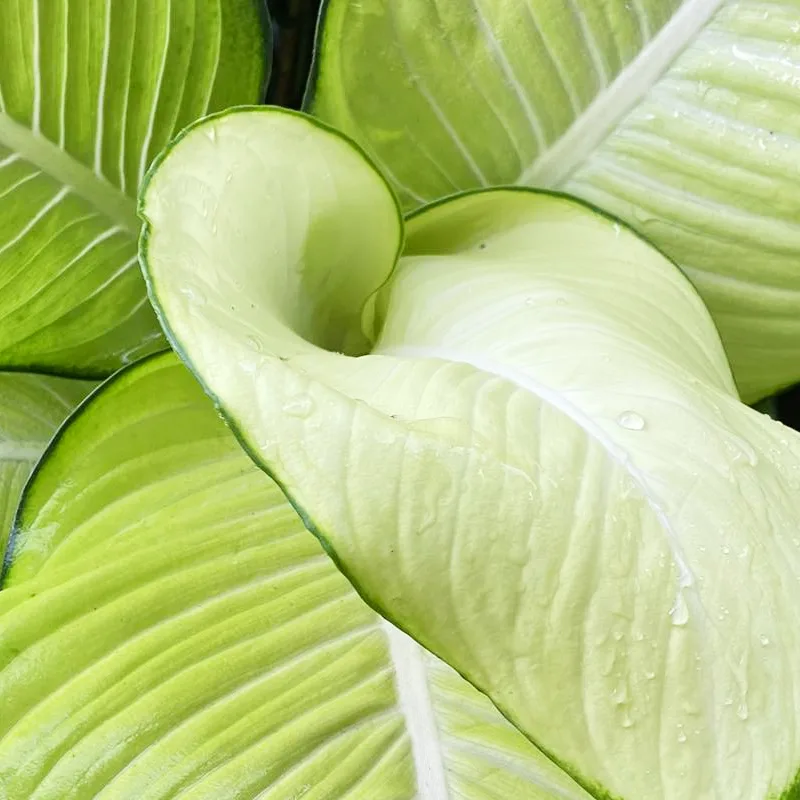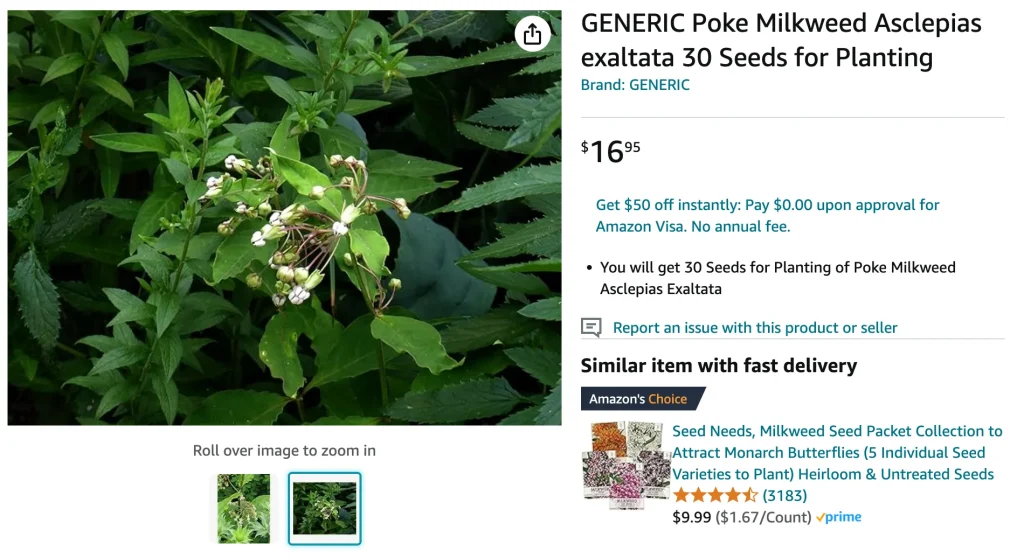
FAQs About Asclepias Exaltata
As a passionate plant enthusiast, I’ve often found myself drawn to the unique beauty and ecological significance of native plants. One such gem is Asclepias Exaltata, commonly known as the poke milkweed. Today, I want to share some frequently asked questions about this remarkable plant, from its care to its benefits.
209 Species in Genus Asclepias
What Is Asclepias Exaltata?
Asclepias Exaltata is a perennial plant native to the eastern United States. It typically grows in woodland edges, open fields, and disturbed areas. This species is characterized by its tall, slender stems and clusters of greenish-white flowers that bloom in late spring to early summer. The plant can reach heights of 3 to 4 feet, making it a striking addition to any garden.
How to Care for Asclepias Exaltata?
Caring for Asclepias Exaltata is relatively straightforward, and it thrives in well-drained soil. Here are some essential tips:
- Light: This plant prefers partial to full sun. A location that receives at least 4-6 hours of sunlight daily will promote healthy growth.
- Water: While Asclepias Exaltata is drought-tolerant once established, regular watering is essential during its initial growth phase. Ensure the soil remains moist but not soggy.
- Soil: It thrives in loamy or sandy soils rich in organic matter. A slightly acidic to neutral pH (6.0 to 7.0) is ideal.
- Fertilization: I recommend using a balanced fertilizer in early spring to boost growth. However, this plant can thrive in nutrient-poor soils, so be cautious not to over-fertilize.
How to Propagate Asclepias Exaltata?
Propagation of Asclepias Exaltata can be done through seeds or cuttings. Here’s how:
- Seeds: Start by collecting seeds from mature pods in late summer or fall. Scarify the seeds by nicking them and soak them in water for 24 hours before planting. Sow seeds in spring, about 1/4 inch deep in well-draining soil.
- Cuttings: Take cuttings in early summer. Select healthy stems, cut just below a node, and place them in a container with moist potting mix. Keep the cuttings in a warm, humid environment until roots develop.
What to Plant With Asclepias Exaltata?
Companion planting is a fantastic way to enhance your garden’s biodiversity. Asclepias Exaltata pairs well with:
- Other Milkweeds: Planting different milkweed species creates a diverse habitat for butterflies, especially monarchs.
- Native Grasses: Grasses like Schizachyrium scoparium or Panicum virgatum can provide texture and contrast.
- Wildflowers: Consider adding Echinacea, Rudbeckia, or Aster species for vibrant blooms throughout the season.
Is Asclepias Exaltata Toxic?
One common concern about milkweed is its toxicity. Asclepias Exaltata contains cardiac glycosides, which can be toxic if ingested in large quantities. However, it is essential to note that these compounds deter herbivores, making it an excellent choice for supporting pollinators like butterflies while keeping larger animals at bay. Always keep it out of reach of pets and young children.
Benefits of Growing Asclepias Exaltata
Growing Asclepias Exaltata offers numerous benefits:
- Wildlife Support: It attracts various pollinators, particularly monarch butterflies, which rely on milkweed for their lifecycle.
- Erosion Control: Its deep root system helps stabilize soil and prevent erosion in gardens and landscapes.
- Aesthetic Appeal: With its unique flowers and tall stature, it adds visual interest to any garden.
Common Problems with Asclepias Exaltata
While Asclepias Exaltata is generally resilient, it can face a few challenges:
- Pests: Aphids can be a nuisance, especially during warm months. Regularly check for infestations and use insecticidal soap if necessary.
- Diseases: Root rot may occur in overly wet conditions. Ensure proper drainage and avoid waterlogging.
- Overcrowding: As it grows, make sure to provide enough space between plants to prevent competition for resources.
Comparing Asclepias Exaltata with Other Milkweeds
When considering milkweed species, Asclepias Exaltata is often compared with Asclepias tuberosa (butterfly weed) and Asclepias incarnata (swamp milkweed). Here’s a quick rundown:
- Asclepias Tuberosa: Known for its bright orange flowers, it thrives in dry, sandy soils and attracts a wide range of pollinators.
- Asclepias Incarnata: Prefers moist conditions and produces lovely pink flowers. It’s excellent for wetland gardens.
In conclusion, Asclepias Exaltata is not only a beautiful addition to any garden but also plays a crucial role in supporting our native wildlife. By understanding how to care for and propagate this plant, as well as its benefits and challenges, I hope to inspire more people to include it in their gardening endeavors. Happy planting!
If i die, water my plants!
